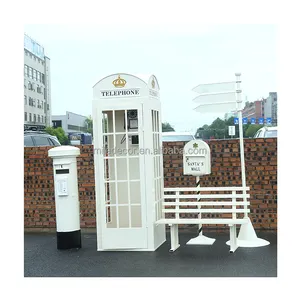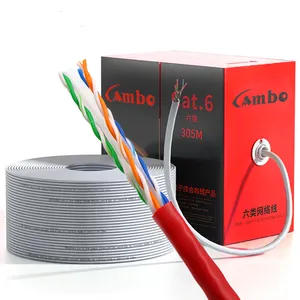Popular in your industry
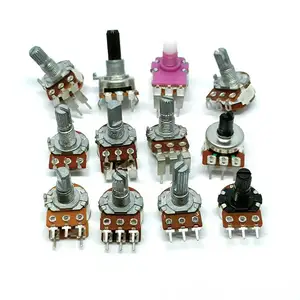






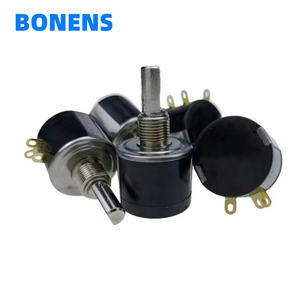







































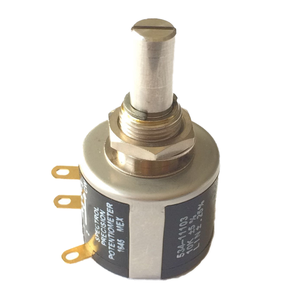



















Related Searches:



























































































































Top categories
About 1w trimmer potentiometer
Understanding 1W Trimmer Potentiometers
Trimmer potentiometers, commonly referred to as trim pots, are a specific type of potentiometer that allows for precise adjustments in circuitry. The 1W trimmer potentiometer is a compact, high-precision component designed to calibrate and fine-tune electrical resistances, ensuring optimal performance in various applications.
Types and Configurations
The 1W trimmer potentiometer comes in several configurations, catering to diverse requirements. Variants include single-turn and multi-turn trim pots, each offering different levels of adjustment accuracy. Single-turn trimmers are suitable for applications requiring quick and general adjustments, while multi-turn options allow for more precise settings.
Applications and Uses
These trimmers are integral in electronic devices, serving roles from calibration to signal conditioning. They are often found in consumer electronics, industrial equipment, and communication devices. Their adaptability makes them ideal for printed circuit boards (PCBs) where space is at a premium and precision is crucial.
Features and Materials
A 1W trimmer potentiometer is characterized by its power rating and durability. Constructed from materials like cermet or carbon composition, they offer stability and reliability. The physical design includes a compact body with an adjustable wiper, accessible via a screwdriver, for resistance alterations.
Advantages of Using 1W Trimmer Potentiometers
The advantages of using a 1W trimmer potentiometer include its small footprint, precision, and ease of integration into various circuits. These components are designed for infrequent adjustments, making them ideal for fine-tuning during the initial setup or maintenance of electronic systems.
Selection Considerations
When selecting a 1W trimmer potentiometer, it is essential to consider the required resistance range, tolerance, and physical size to ensure compatibility with the intended application. It is also crucial to understand the environmental conditions the component will be subjected to, such as temperature extremes and mechanical vibrations.
